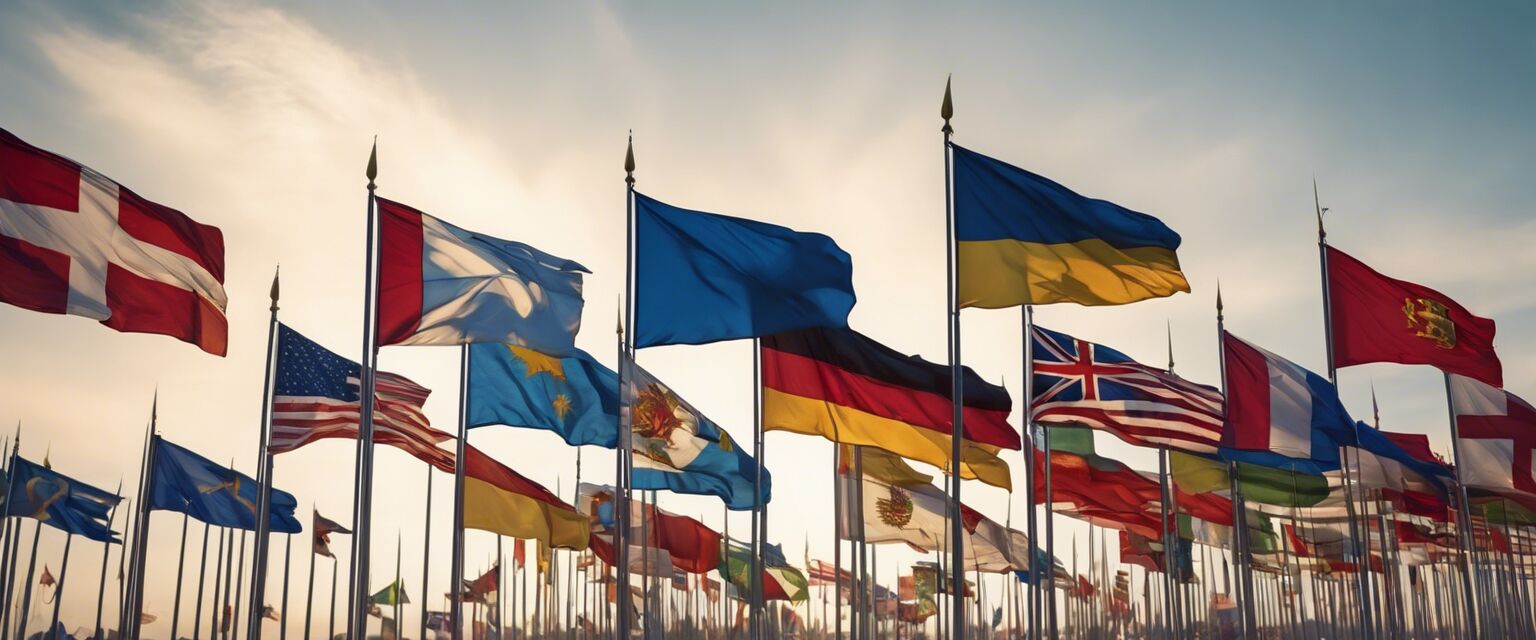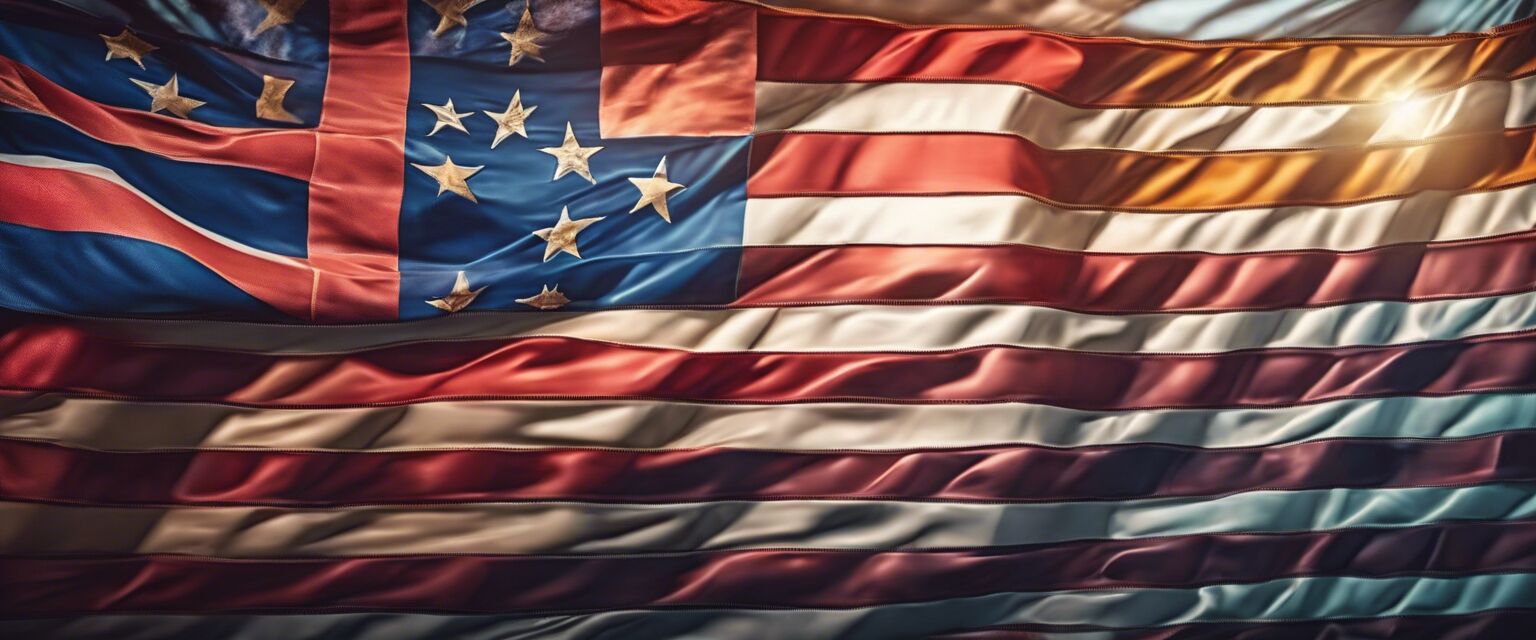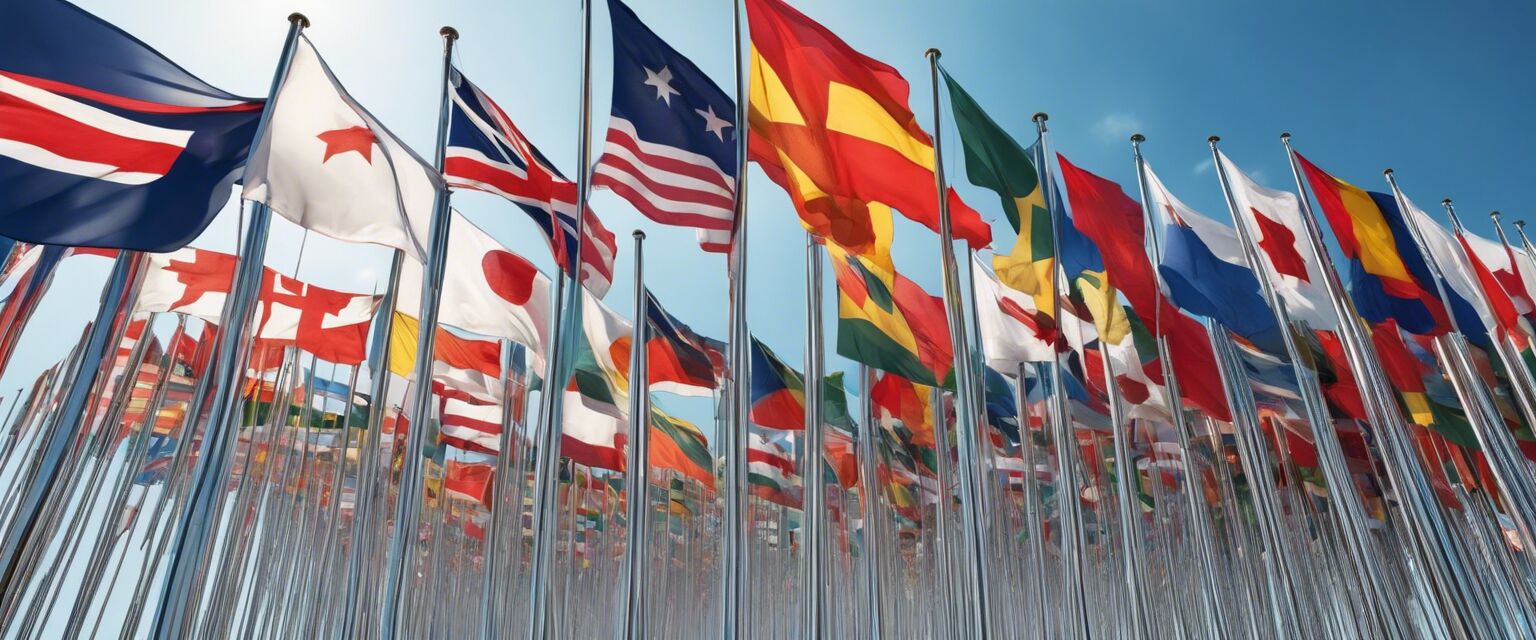
Symbolism in Flags
Key Takeaways
- Flags are powerful symbols that represent a nation's identity, values, and ethos.
- The colors and designs of flags often carry deep meanings and historical significance.
- Understanding flag symbolism enhances the appreciation of national cultures and unity.
- Different types of flags, such as custom, historical, and maritime flags, each tell unique stories.
Flags are more than just pieces of fabric fluttering in the wind; they embody a rich tapestry of history, culture, and representation. Each flag tells a story, often steeped in the heritage of the land or organization it represents. In this guide, we will explore the various symbols and meanings behind flag designs globally. From national flags to festival flags, the context and colors provide insight into a region's history and values. Let's dive into the fascinating world of flag symbolism!
The significance of colors in flags
Colors play a crucial role in conveying the message and identity of a flag. Below is a table illustrating the common colors found in flag designs along with their meanings:
| Color | Meaning |
|---|---|
| Red | Bravery, strength, and valor |
| Blue | Peace, truth, and loyalty |
| Green | Hope, joy, and fertility |
| Black | Determination, ethnic heritage |
| Yellow | Wealth, justice, and happiness |
Types of flags and their symbolism
Flags come in various forms, each serving different purposes. Letâs explore several categories of flags and their significance:
1. National flags
National flags represent a country's identity on the global stage. The designs often incorporate historical elements that resonate with the nationâs struggles and triumphs. For example, national flags often symbolize independence and sovereignty.

2. Custom flags
Custom flags are specially designed banners used for promotions, events, or personal expression. These flags often carry personalized symbols that reflect the values and beliefs of an individual or organization. Find out more about creating your own custom flags.
3. Historical flags
Historical flags showcase the past and are often associated with significant events, battles, or movements. For example, many organizations and countries have historical flags that represent their rich heritage. Discover more in our section on historical flags.
4. Maritime flags
Maritime flags are used in naval contexts to convey messages or identify ships. Various codes exist, and each flag signifies different meanings at sea. Check out our page dedicated to maritime flags.
5. Festival flags
Festival flags are colorful and often used in celebrations, festivals, or events, reflecting the unique culture and festivities of a region. They enhance the ambience and bring people together. Explore various options within our festival flags range.
Exploring flag designs across cultures
Across different cultures, flag designs differ significantly, each portraying distinctive elements. The following table outlines a few notable flag designs and their cultural significance:
| Country | Flag Design | Significance |
|---|---|---|
| Japan |  |
The red circle represents the sun, a vital symbol in Japanese culture. |
| Brazil |  |
Green symbolizes the country's lush forests, while yellow represents its wealth. |
| Mexico |  |
The emblem reflects Mexico's rich history and symbolizes courage. |
Understanding the elements of flag design
Flag designs often include various elements that contribute to their overall symbolism. Below are some common elements found in flags:
- Stripes: Can signify unity or the diversity of ethnic groups.
- Stars: Typically represent states or territories in a nation.
- Emblems or coats of arms: Symbolize the heritage and identity of a nation.
- Mottos: Often displayed to convey the country's guiding principles.
Concluding thoughts
Flags serve as powerful symbols, telling stories of pride, bravery, and heritage. By understanding their meanings and designs, we can foster a deeper appreciation for cultural identities around the world. Whether you are a flag enthusiast or merely curious, recognizing the significance behind a flag helps bridge cultural gaps and celebrate our diverse histories.
Pros
- Enhances cultural awareness
- Promotes unity and pride
- Encourages historical exploration
- Inspires creativity in flag design
Cons
- Flag symbolism can be misunderstood
- Conflicts may arise from flag meanings
- Flags may be misused or misrepresented
Tips for beginners in flag appreciation
Beginnerâs guide to understanding flags
- Start by learning about your national flag and its history.
- Research the flags of neighboring countries and their significance.
- Engage in activities such as flag collecting to enhance your knowledge.
- Follow flag exhibitions or festivals to see various designs in-person.
- Explore online resources to deepen your understanding of flag symbolism.








